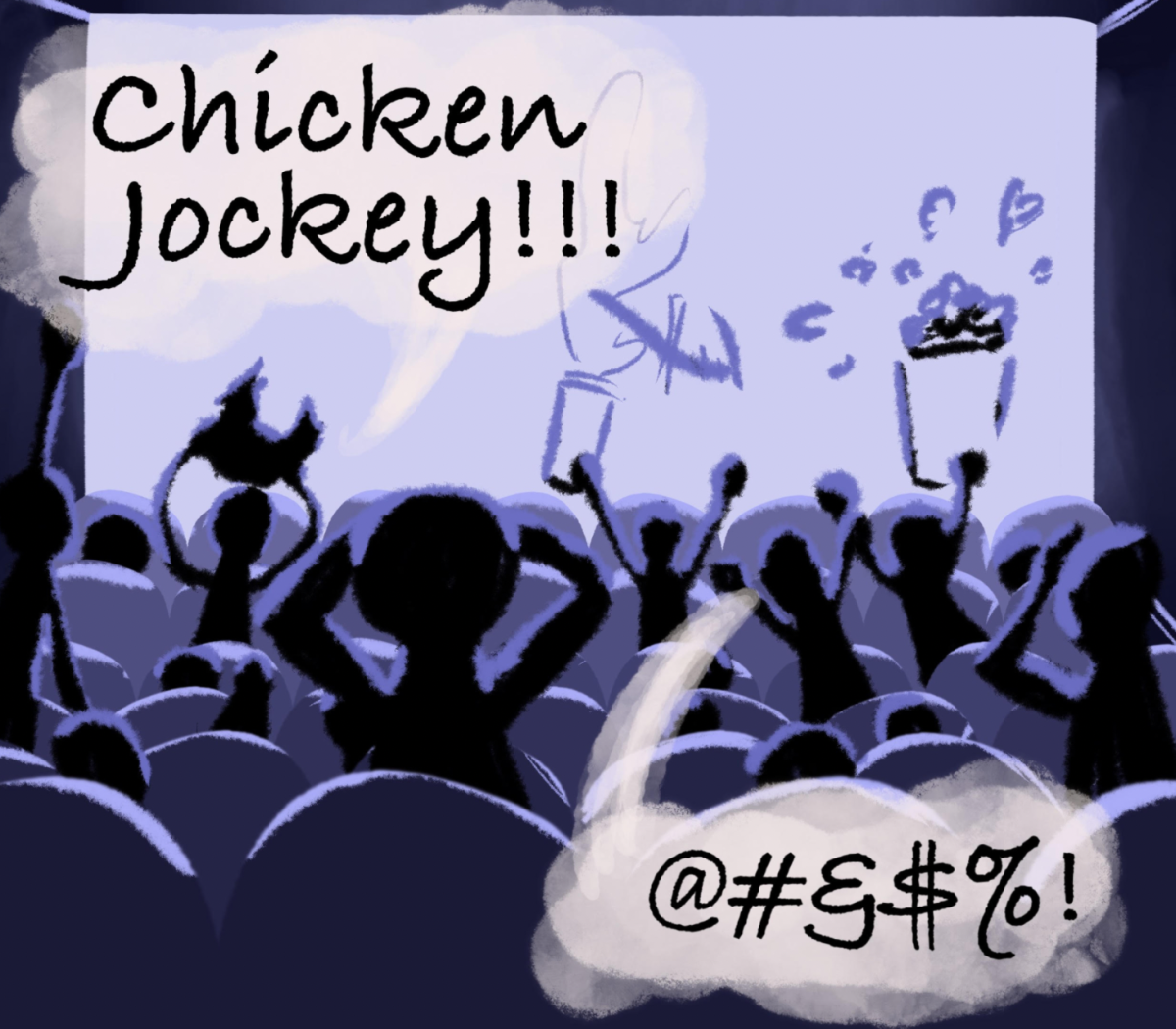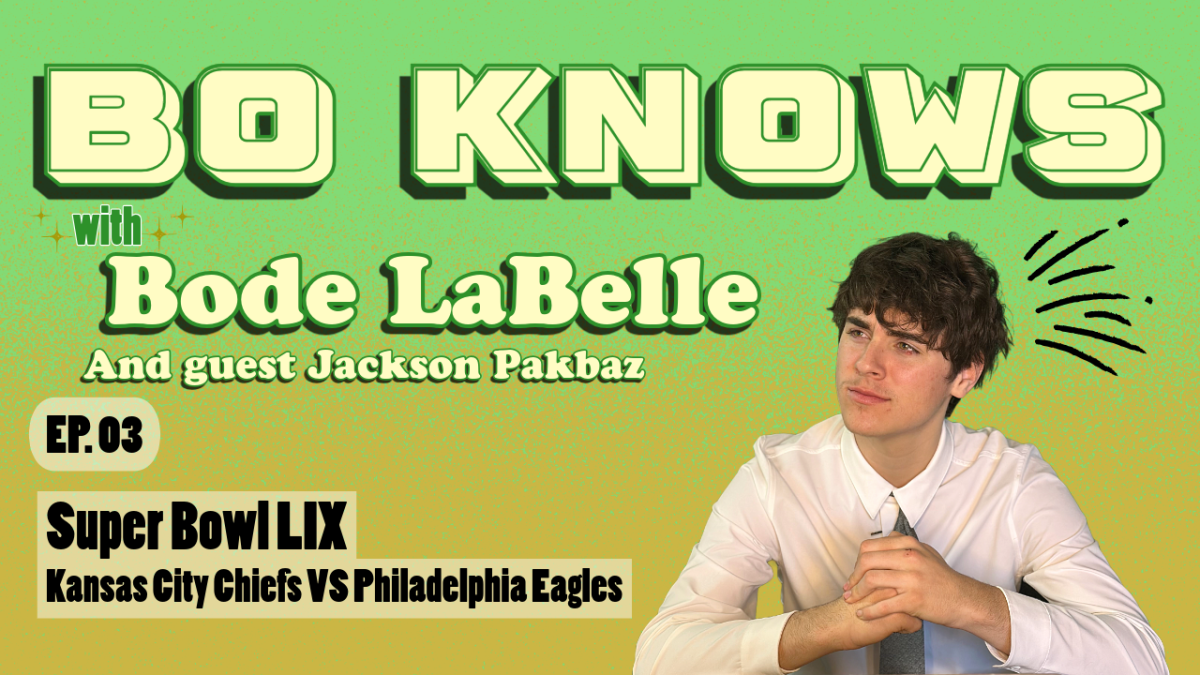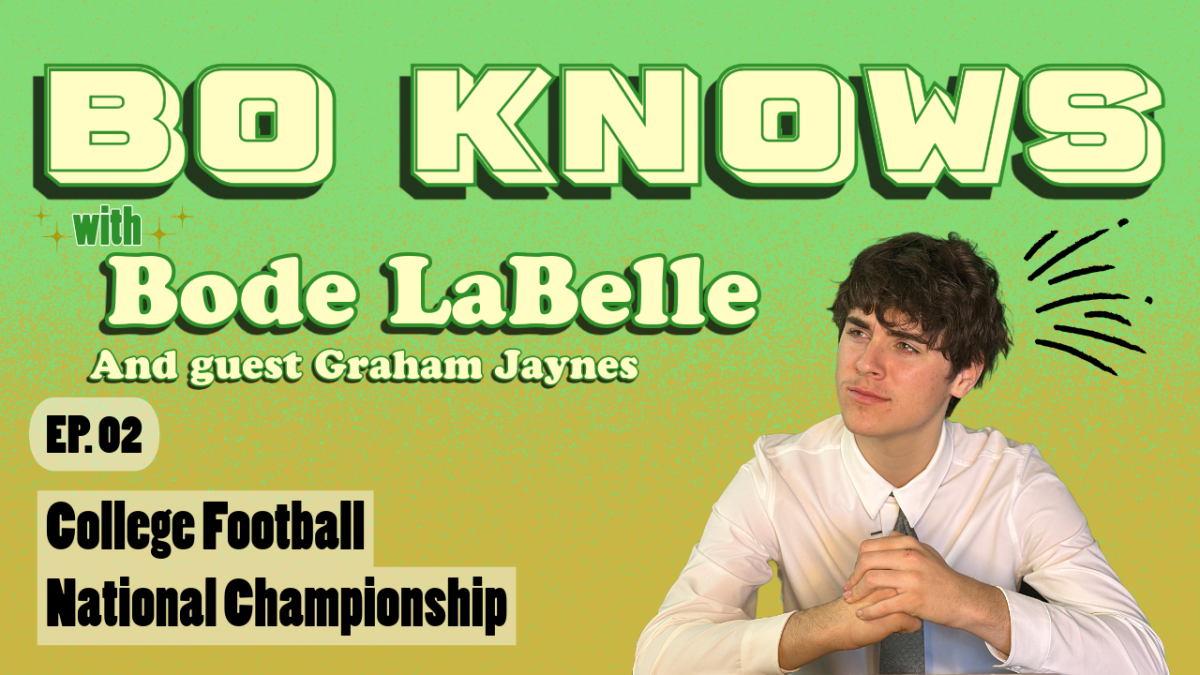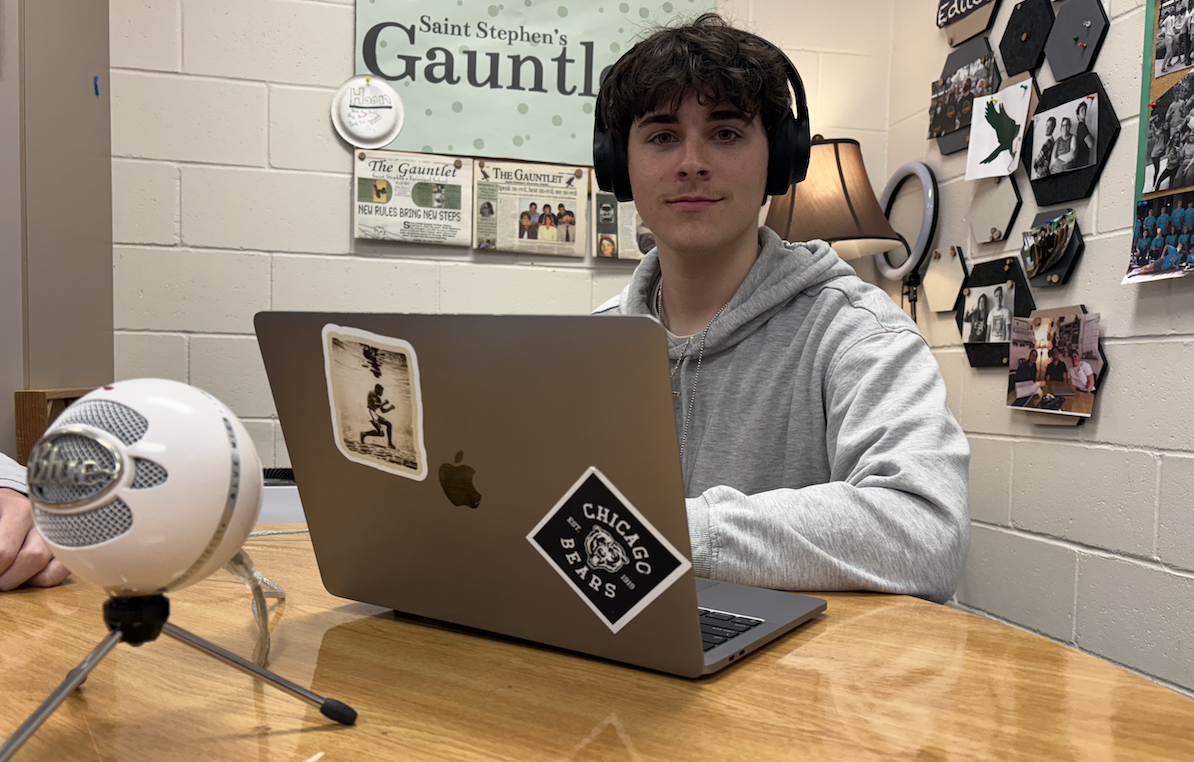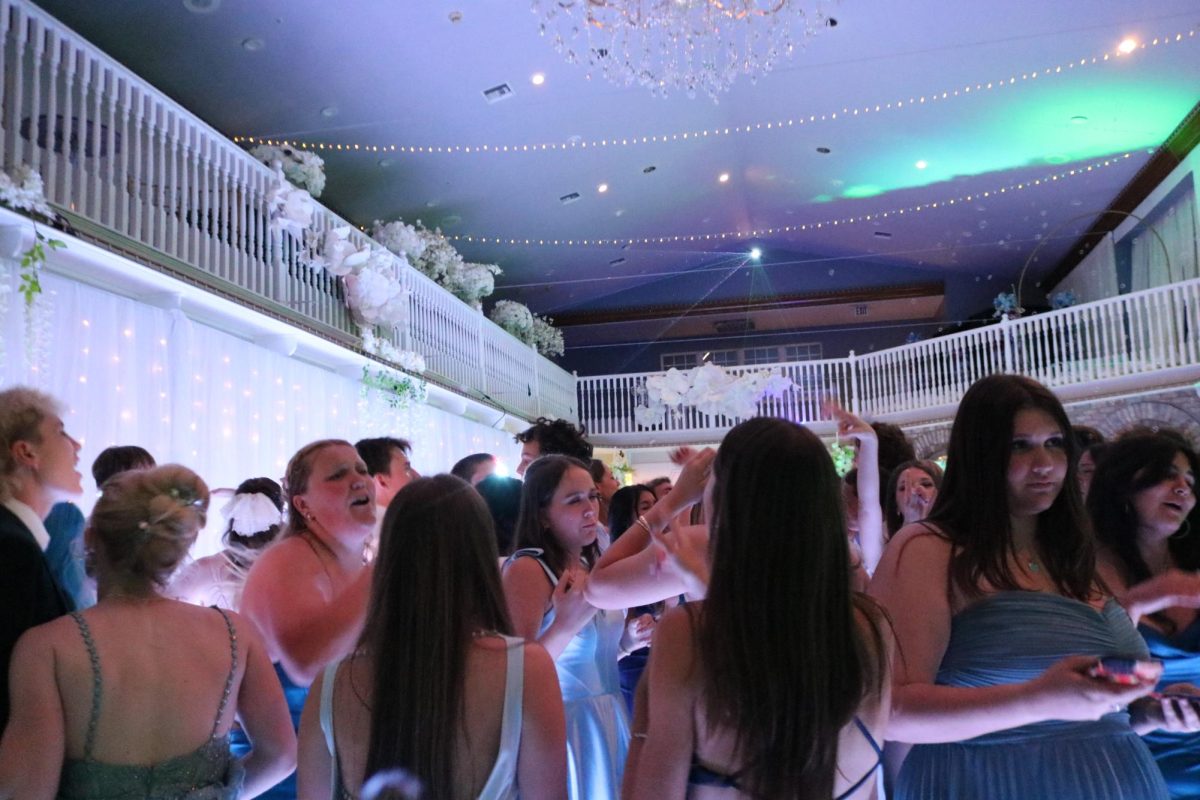Beme: the next generation of social media
December 9, 2015
“Beme: Share video. Honestly.” That’s the app description of Beme, a new social media app that looks to do away with all of the falsities and self-promotion that plagues social media today. The first beta of the app was released in July of 2015 and already has over 1.2 million users from around the world. Kyle Vanhemert of Wired mentioned in an article about Beme that social media today creates the phenomenon of the “curated self,” in which people formulate sculpted versions of their lives instead of sharing their true selves.
What sets Beme apart is the authenticity factor. Beme allows users to “share” their lives by recording four-second videos which then post automatically to their feeds. In most social media platforms, there is an opportunity to modify content with filters, special effects, and edits. For example, Snapchat allows users to edit videos so that they look as if they’re monsters, or have hearts popping out of their eyes. Other platforms, such as Instagram, have over 30 different filters that can be applied to photos. With Beme, there are no filters, edits, or revisions. Beme aims to purely share experience through video without superficial changes.
Casey Neistat and Matt Hackett co-founded Beme. Neistat is a popular youtube filmmaker with over 1,100,000 subscribers to his channel. Some of his more popular films on Youtube include Bike Lanes, Make it Count (an ad for Nike), and Snowboarding New York City. In 2010, “The Neistat Brothers,” an autobiographical series that he made with his brother, Van Neistat, premiered on HBO.
For Hackett, this isn’t his first time working with a social media platform. Before Beme, Hackett was the vice president of engineering at Tumblr, the popular blogging network. At Tumblr, he later became the Head of Branch Strategy, and helped grow the site into a platform used by 150 million people.
Beme uses the proximity sensor, the device in your phone that detects how far away objects and people are from your phone, to know when to begin and end your recording. Once the proximity sensor is covered, the phone’s screen turns black so that you cannot see what you are recording. This forces users to look directly at what their recording, rather seeing what is taking place through their phone. Once a recording finishes, the video automatically posts to the user’s feed. A feed is a mutual space where people can watch each others’ content.
If a user has a reaction to a another’s posts, then instead of being able to “like” or “dislike” the video, they send a “reaction” video to what they’ve watched. A reaction is sent by touching the green box that appears in the top right corner of the screen while watching a video. When a reaction is taken, a picture using the front-facing camera gets sent straight to the person who posted the video.
Another dynamic feature of Beme is the ability to share your location when you post a video. This way, friends get a better understanding of your posts by knowing where you are. It’s an optional feature that can be turned on or off based on the user’s preference.
Beme has recently introduced a new feature to the app called “Party Mode,” which allows people to watch the videos of others from around the world, even if they are not following them.
Most other social media platforms do a good job of connecting users to friends and even random strangers, but the connection is often superficial. Social media does not truly show the full version of ourselves because of the ability to lie, exaggerate, or alter reality. With Beme, users share authentically, something which makes the app so special.












